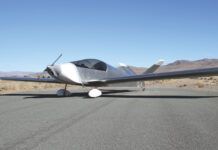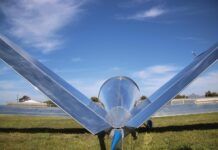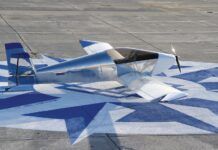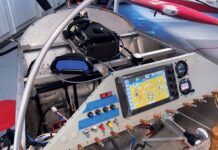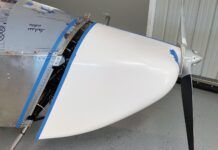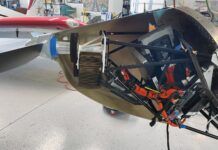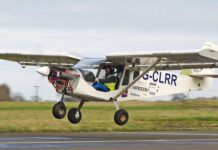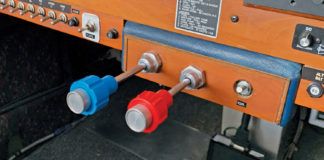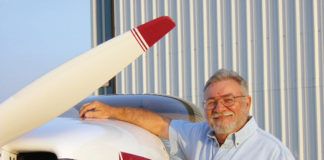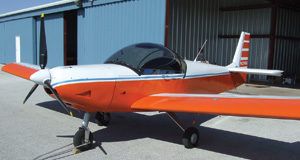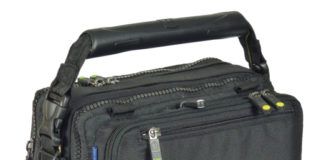Sustainable Aviation Syposium – Part Three
Several speakers presented talks on controlling the coming wave of unmanned aerial systems traffic management (UTM).
Dr. Parimal Kopardekar on Safely Enabling Low-Altitude UAS Operations
Dr. Kopardekar of the NASA Ames Research Center showed that he and NASA have done a thorough job of understanding drone control, and planned a sequence of actions to address the issues.
A recent series of tests in isolated areas and a planned three further steps will see increasing authority being given operators. Phase 1, to have been accomplished in August last year, reserved testing in areas over water or away from population centers and unlikely to be used by general aviation. The unmanned aerial system pilot still had responsibility for sorting out problems. Phase 2 and beyond allow operations beyond the operator’s line of sight, with increasing levels of interactions with manned aircraft and over increasingly populated areas.
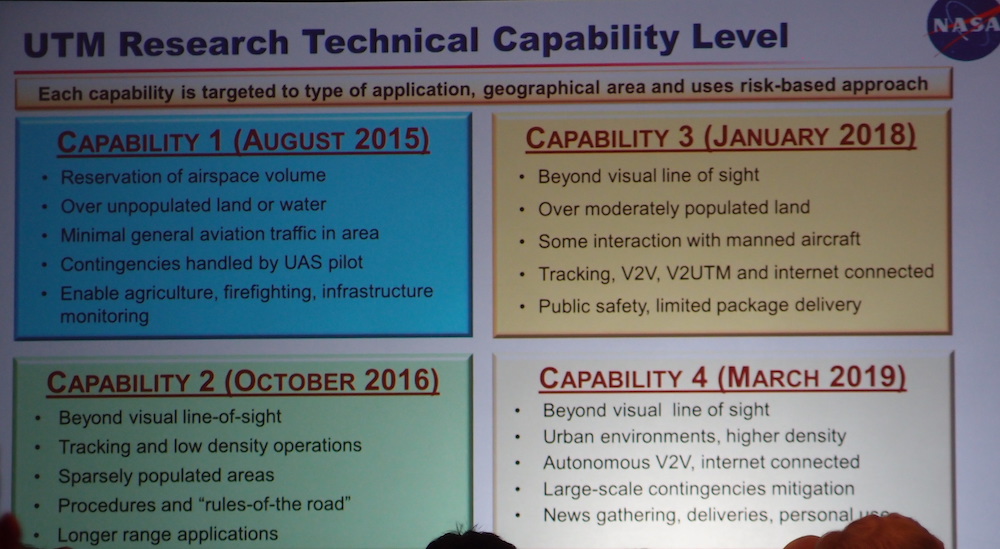
His analysis showed a balance between top-down control and operator options, with an emphasis on integrating these new operations into the national airspace with “flexibility where possible and structure where needed.
Tyler Macready on Automated Swarming
Tyler’s theme of “keeping it simple in crowded skies” showed a “bottom up” type of airspace management based on observations of fish and bird “swarming,” or group maneuvering that, based on the videos shown, defies belief at times. He feels that with careful oversight and management, free flight based on the principles that keep birds and fish from ramming into one another, can be applied to drone flight – with the implication that many of these technologies could be applied to larger aircraft.
He feels that automated swarming will make regional air traffic safety simpler, with control distributed throughout groups of aircraft. Swarming algorithms derived from observation of nature and based on Craig Reynolds’ rules of flocking could allow a free and safe flow of our aircraft. Independence, universal rules, and open communications could help us separate vehicles while maintaining the alignment and cohesion of the overall system. Again, the major issues will depend on defining limits of operator, local, and regional control.
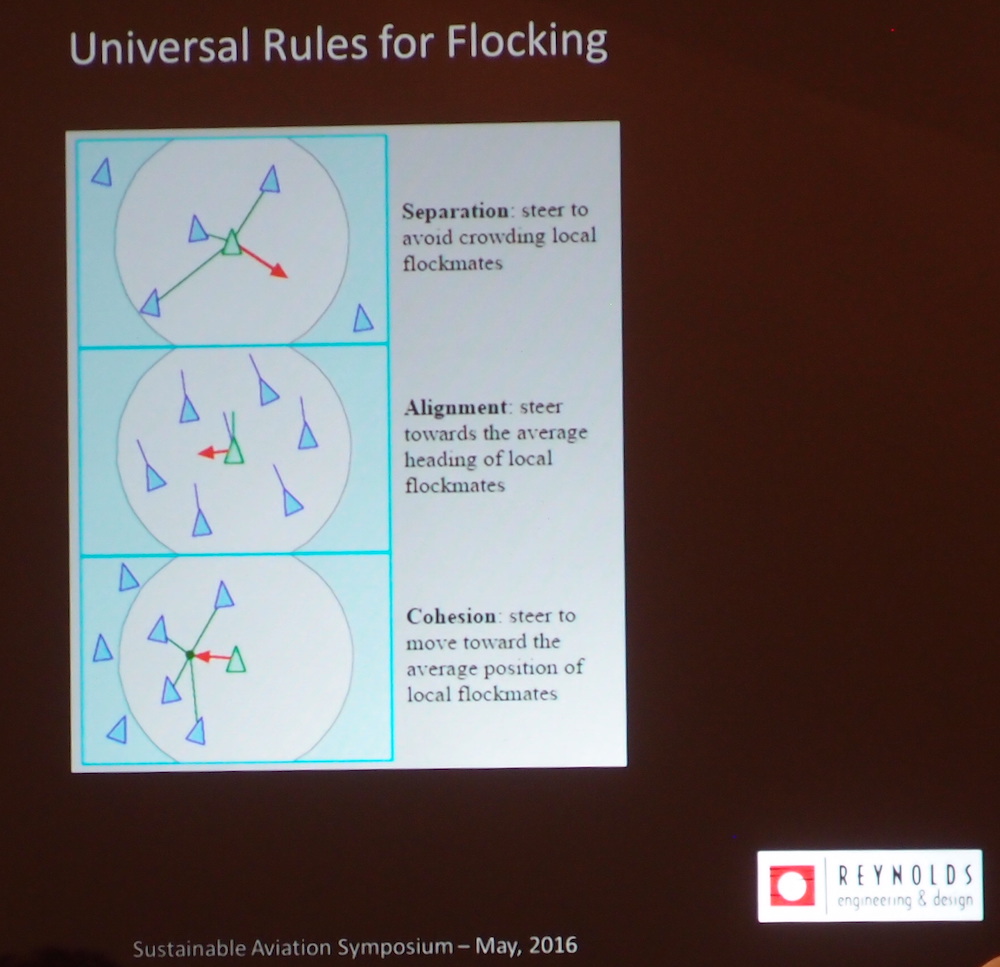
Dr. Kevin Jones on Potential Civil and Military Uses of Swarms
Through his studies in biology and robotics, Dr. Jones sees “biomimetic emergent behaviors that can make cooperative flight patterns work with a high level of autonomy. As Tyler MacCready showed, adapting patterns from nature can lead to exciting developments in aerospace. This video was shown during the proceedings, demonstrating that 50 autonomous aircraft could cooperatively share the same airspace in a safe manner.
https://www.youtube.com/watch?v=kFaO_o_mekM
Dr. Justin Jaworski and Owl Wings
Dr. Jaworksi of Lehigh University sees owl wings as a means to quiet aircraft and wind turbine blades. (http://www.lehigh.edu/engineering/research/resolve/2014v1/bio-jaworski.html) The softness of owl wing top feathers, and the flexibility of the trailing edge give owls a near-spooky silence as they approach their prey. Jaworski’s videos were jaw-dropping in their
Jaworski showed that a set of trailing edge finlets on an aircraft wing could emulate part of the owl’s silence and improve airflow in the bargain. Again, biomimicry could be a starting point for much of what we think of as mechanical design. He suggests, “A quieter plane might deploy owl wing technology upon takeoff or landing and retract it when it is cruising and requires maximum efficiency. Any noise reduction on our little aircraft will help us defend our future airports.
A Forum That Did Not Drone On
Dr. Kopardekar, Dr. Jones, Joshua Portlock and Bill Parks participated in an autonomous flight forum, a lively discussion highlight by Park’s remark that, “The more I’m around UAVs, the more impressed I am with pilots.” This drew a well-deserved round of applause and showed the attendees were not just a flock of true believers.
Portlock, founder andCTO of ScientificAerospace (http://sci.aero/) and designer of a line of advanced quadrotors used throughout Australia, answered whether lower costs would come about for GA-based systems, much like those for delivery drones. He and the others thought that with greater aviation community involvement and thousands working on technology transfers into GA, this could be a beneficial outcome of drone research.
Dr Aarohi Vijh and State-of-the-Art Solar
Alta Devices’ web page features Aerovironment’s Puma UAS with Alta cells gracing the upper wing surface. The flexible solar cells are a specialty of the company and hold single and dual-junction records for ray-capturing efficiency, according to the National Renewable Energy Laboratory (NREL).
Dr. Jijh made a strong case for the flexibility of his company’s cells, wrapping the light-weight film around his hands without damaging it. The gallium arsenide cells can be reviewed in the white paper on Alta’s web site ( http://www.altadevices.com/wp-content/uploads/2016/04/Selecting-Solar-Technology-for-UAVs-Whitepaper.pdf). He left us with a reference to a general education web site (pveducation.org) with a lot to offer.
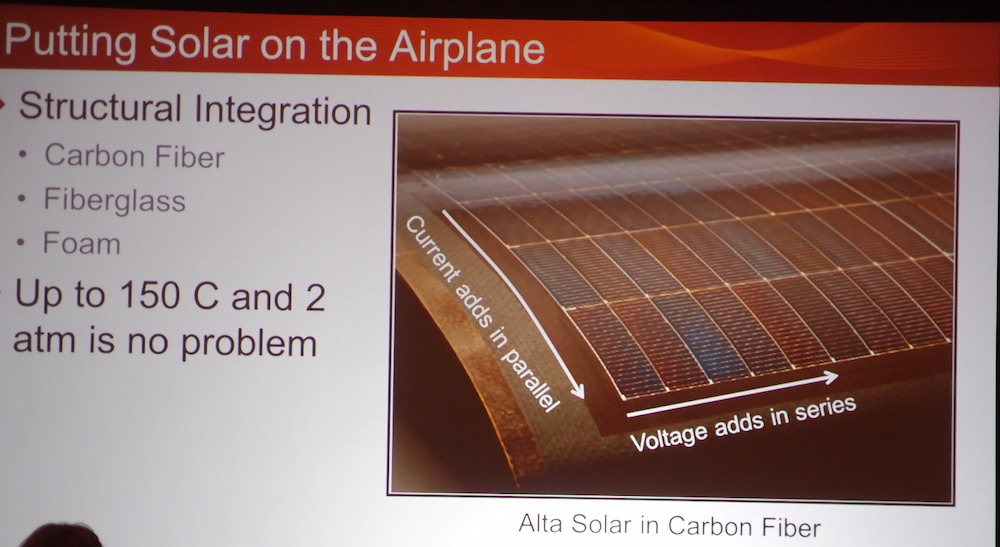
Chris Hawkins and Self-Flying Aircraft for the Future
Hawkins sees rapid progress from self-driving cars to self-flying airplanes, with much of the same technology transferred from the ground to the sky. He sees a real solution to rush-hour jams in GPS-directed, self-driving cars and autonomous drone aircraft. This will be safer and more efficient than current approaches.
A quiet, electric vertical or short takeoff and landing (ESTOL) craft with a 120 knots cruise would work for a typical trip of 100 miles or so. It has to be autonomous because there will be more such aircraft than there are pilots.
Hawkins’ dream machine would have high 32-foot wings, a laminar people pod, twin slow-turning propellers and huge Fowler flaps. The long-excursion landing gear would soak up the bumps of a steep approach followed by a short landing to keep the airplane within a ballpark-sized landing area.
He notes the technology already exists, and that by starting with existing regional airports, we could almost seamlessly move into sky taxis.
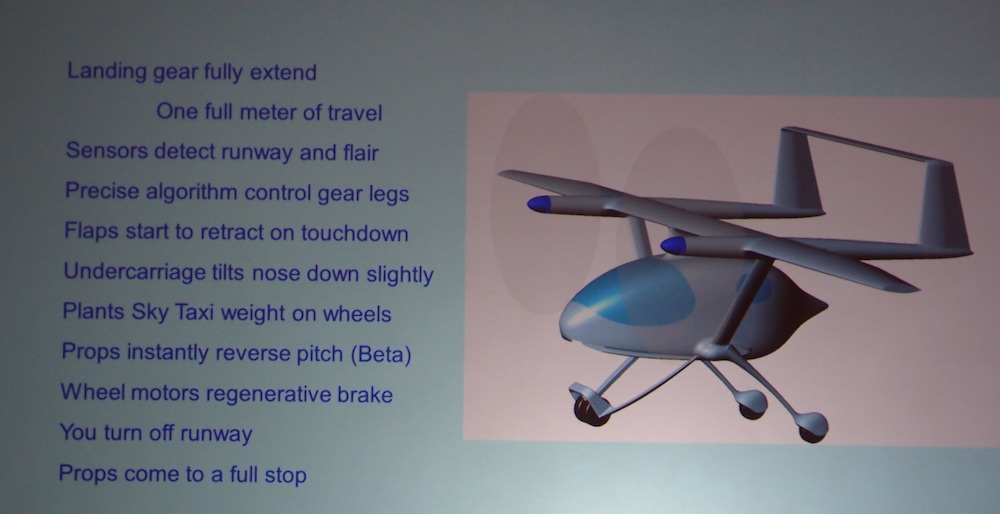
Dr. Dan Raymer and Sparky Flapjack
Dr. Seeley asked Dan Raymer, author of several books on aircraft design (http://www.aircraftdesign.com/), to come up with a modern equivalent of the twin-engine Grumman experimental aircraft of the early 1940’s. Raymer’s machine had the two huge propellers of the original, and captured the look of the V-173, but in a thoroughly modern package, using high-torque electric motors. One big problem came with the long landing gear required to allow prop clearance on the ground – the ladder required to get to the cockpit – probably a deal killer for Sky Taxi customers.
Both he and Dr. Seeley see the potential for Sparky to land and take off on Pocket Airparks, and Dan modified his original design by putting a passenger pod more at ground level, and putting the wing on a pylon, and pivoting it to allow high-angle climbouts without tilting grandma back to perform high alpha maneuvers.
Dr. Brian Seeley and the Philosophy behind Sky Taxis
Dr. Seeley explains that since aircraft sit on the ground 90 percent of the time, they waste huge amounts of land and have an unsustainable duty cycle. To counter this, he wants to make aviation a more democratic experience, available to all and within middle-class means.
His AIAA paper, “Regional Sky Transit,” (http://arc.aiaa.org/doi/pdf/10.2514/6.2015-3184) gives a look at how small, neighborhood airports could be possible with quiet enough aircraft that did not take huge runways to become airborne or return to earth. The STOL capabilities of such machines would come from innovations such as wheel motors and (we hope) much-improved batteries. Like Hawkins, Seeley wants to get us off the freeways and into the skies. Sebastian Thrun, who started the Google Car program, says alleviating only three percent of current ground traffic would mean never having to build another freeway or parking garage. The economic benefits overall would make this a plan worth pursuing.
Dr. Ben Santer – Dogma or Data on Climate Change
Dr. Santer, along with scientists at the Intergovernmental Panel on Climate Change (IPCC) and Al Gore, who did the public presentation of their findings called “An Inconvenient Truth,” shared the Nobel Peace Prize in 2007. He started and ended his presentation with a slide of Senator Ted Cruz lecturing him on the low quality of science in his findings at recent Senate hearings.
His presentation attempted to refute the notion that climate scientists are adherents to a dogma of man-caused global warming, rather than true scientists examining the evidence before them. He demonstrated that Cruz’s arguments were based on “cherry picking” 18 years on the graphs used by most climate scientists. You can demonstrate a little of this by looking at almost any stock price over one year, five years or 10 years. How does your investment look for selected time scales? He showed that his team used 26 different climate models to test their conclusions, along with a careful analysis of a more complete climate record. This audience member came away convinced that Santer is too careful a scientist to be all that dogmatic.
Ray Morgan and the First Annual Honorary Paul B. MacCready Lecture
Head of Morgan Aircraft Consulting, Ray Morgan worked for the Lockheed Skunk Works until he was lured away by the prospect of a “temporary” job working on a solar-powered airplane at Paul MacCready’s Aerovironment in 1980. He never returned to Lockheed, instead becoming head of the new Solar Applications Division. His work on the Solar Challenger, which flew from Paris to the west coast of England in 1981 (163 miles), was an early indication that solar flight could be a practical reality.
Videos he showed attendees featured a well-worn Ford Econoline van, festooned with a variety of roof-top aerodynamic test devices. The hang-glider pilot and experimenter took these humble test rigs to new heights as his work resulted in creations like the Pathfinder/Centurion/Helios series of solar-powered, high-altitude, long-endurance craft. Ray is proud to note that he never lost an airplane in his testing. Check this link to get a feeling for the contribution Ray Morgan made to this effort. https://www.nasa.gov/centers/dryden/pdf/163836main_Helios_05_02.pdf


